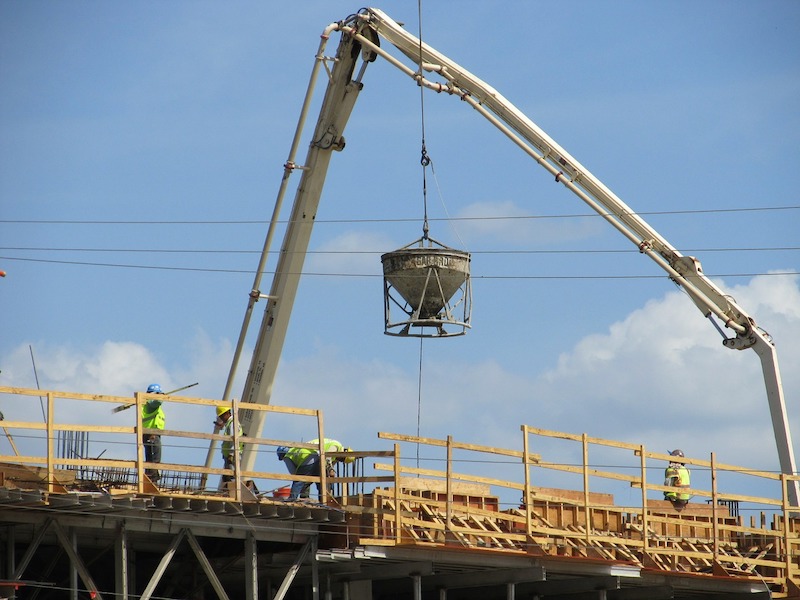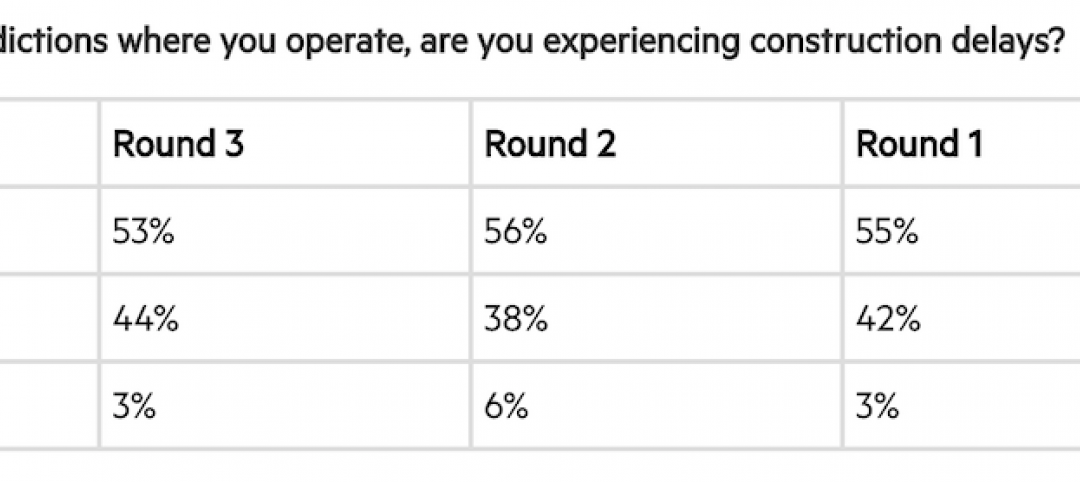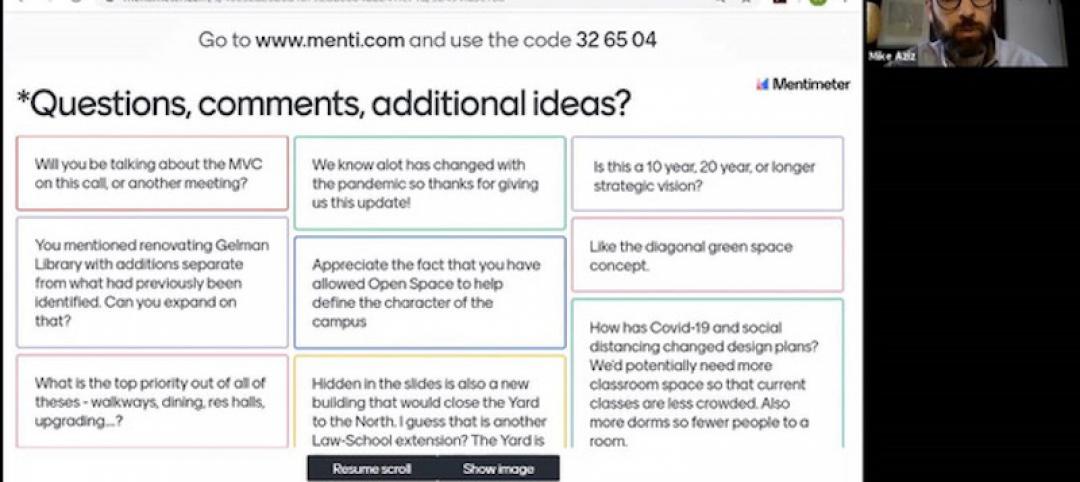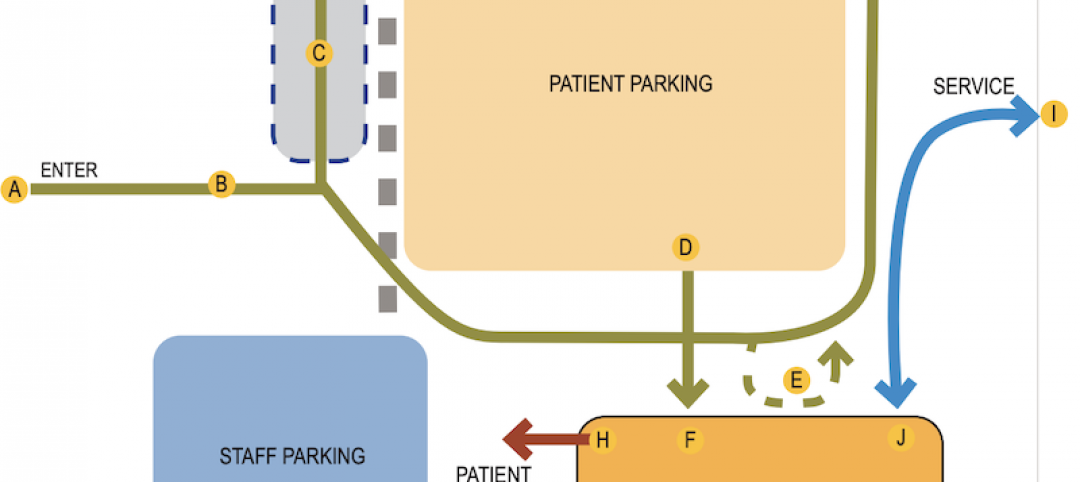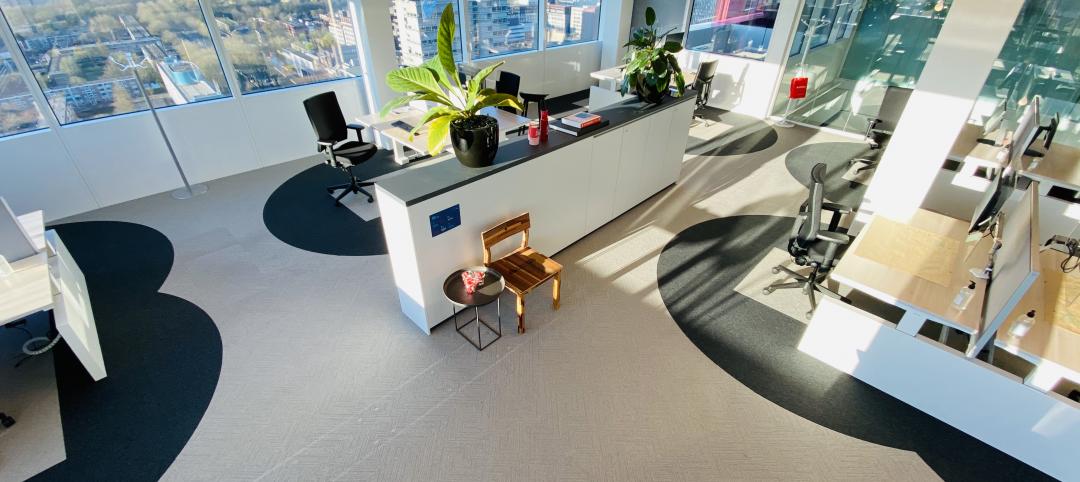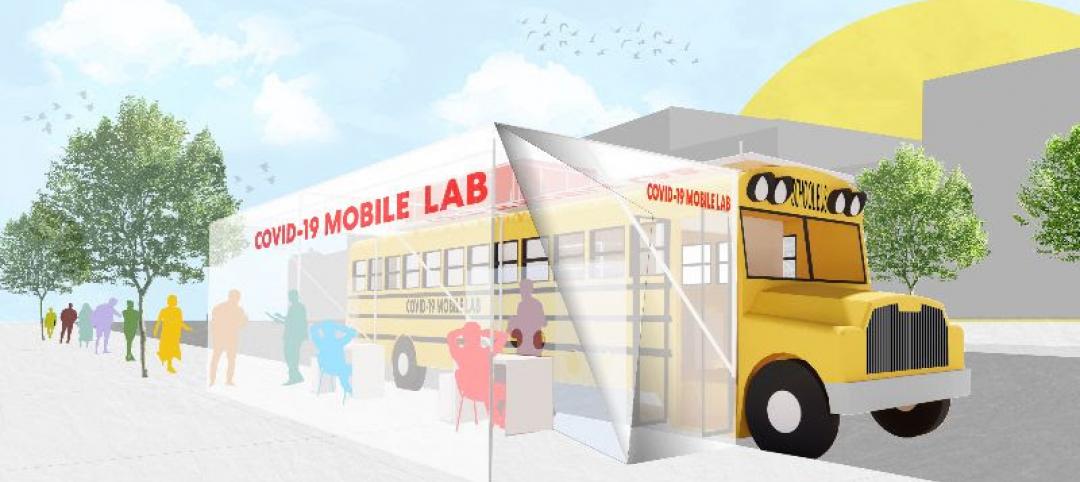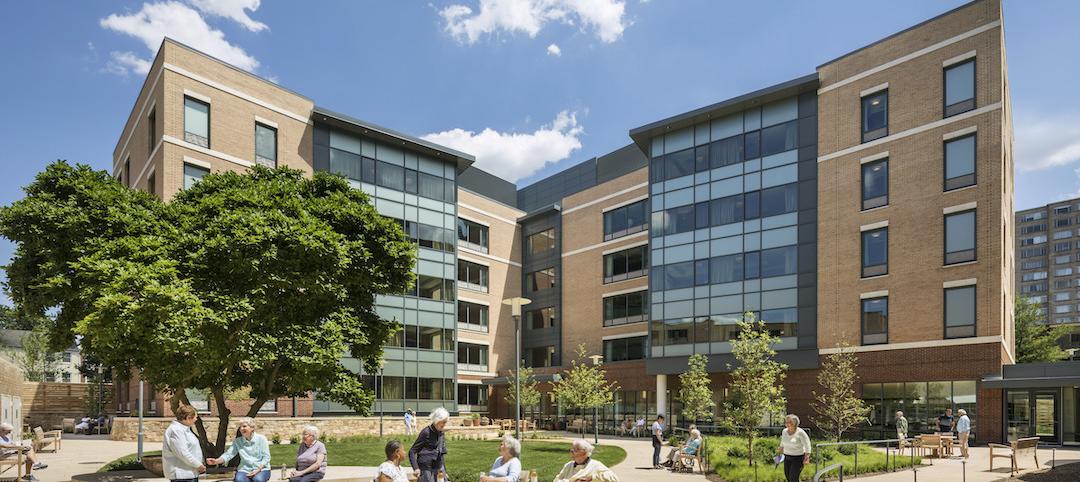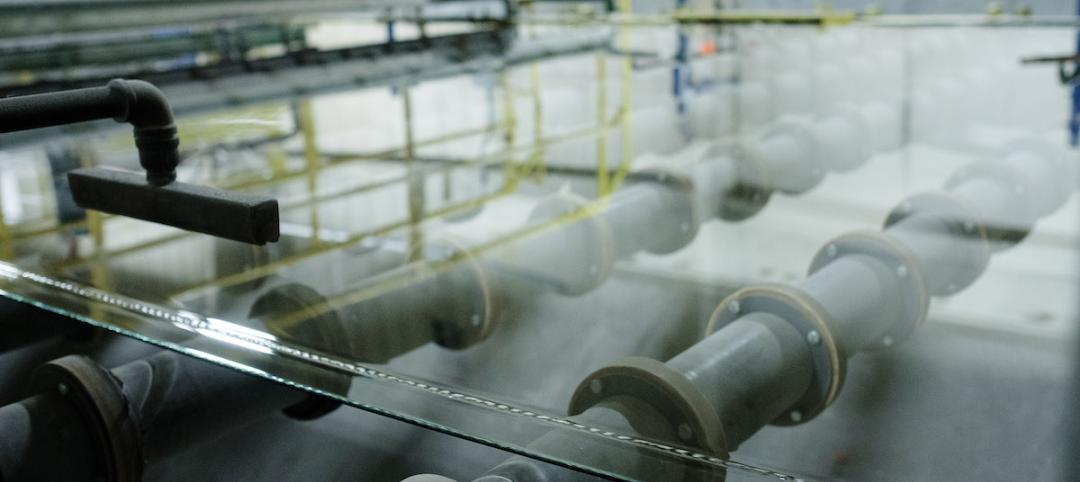Construction spending in February increased 6.0% from February 2019, with year-over-year gains in both residential and nonresidential outlays, according to a new analysis of federal data released today by the Associated General Contractors of America. Association officials cautioned that their latest survey shows conditions for contractors have deteriorated rapidly since February. They called on Congress to urgently pass targeted recovery measures to boost infrastructure funding, compensate firms for lost or delayed federally funded work, and provide needed pension relief.
“Spending in February declined 1.3% from an upwardly revised, exceptionally strong pace in January that was aided by unusually mild winter weather in much of the country,” said Ken Simonson, the association’s chief economist. “Together, the rate in the first two months of 2020 represents a high-water mark immediately before government officials ordered widespread business closures and project owners canceled or halted work on their sites. The survey we conducted March 23 to 26 found that 39% of the more than 1600 respondents said they had been directed to stop work on one or more projects.”
Simonson added that 45% of respondents reported experiencing project delays or disruptions. Shortages of material, parts and equipment, including vital personal protective equipment for workers such as respirators, were reported by 23% of respondents. Eighteen percent reported shortages of craftworkers, while 16% said projects were delayed by shortages of government workers needed for inspections, permits and other actions. Thirteen percent said delay or disruption had occurred because a potentially infected person had visited a jobsite.
“When projects shut down, jobs are lost not only in construction but also in a host of other industries, ranging from quarries to manufacturers, and truckers to professional services,” the economist noted. “Investing in infrastructure now will bring these jobs back sooner and will buy a lot more construction while fuel and materials costs are low.”
Association officials said that, considering that 39% of contractors have had at least one project canceled or delayed because of the coronavirus, construction spending is likely to decline for the foreseeable future. They added that firms will have a hard time continuing to pay current staff under these conditions and called on Washington officials to make new investments in infrastructure, provide relief from losses incurred on delayed or canceled federally funded projects, and pass protections for multi-employer pensions in order to help the industry recover from the economic impacts of the pandemic.
“The pandemic is prompting a collapse in demand for commercial construction, putting tens of thousands of jobs at risk,” said Stephen E. Sandherr, the association’s chief executive officer. “Congress and the administration must do more to make sure that efforts to flatten the curve don’t flat-line this industry and its millions of jobs.”
Related Stories
Coronavirus | May 27, 2020
Clean is the new Green as U.S. hospitality sector inches closer to reopening
Three design firms share their takes on what will make customers more comfortable about returning.
Coronavirus | May 26, 2020
Multifamily developers report mounting delays in permitting and starts due to coronavirus pandemic
More than half (53%) of multifamily developer respondents reported construction delays in the jurisdictions where they operate, according to the third edition of the National Multifamily Housing Council (NMHC) COVID-19 Construction Survey.
Coronavirus | May 26, 2020
9 tips for mastering virtual public meetings during the COVID-19 pandemic
Mike Aziz, AIA, presents 9 tips for mastering virtual public meetings during the COVID-19 pandemic.
Coronavirus | May 22, 2020
Designing a health facility for the next pandemic
Planning with intent is the key to readiness, states Eppstein Uhen Architects, the guide’s author.
Coronavirus | May 22, 2020
COVID-19: Healthcare designers look to the future of medical facilities in light of coronavirus pandemic
The American College of Healthcare Architects (ACHA) has released the key findings of a survey of its members revealing their insights on the future of healthcare architecture and the role of design in the context of the COVID-19 healthcare crisis.
Coronavirus | May 18, 2020
Will empty hotels provide an answer for affordable housing shortage?
A Los Angeles-based startup sees the Midwest as most fertile for adaptive reuse.
Coronavirus | May 18, 2020
Infection control in office buildings: Preparing for re-occupancy amid the coronavirus
Making workplaces safer will require behavioral resolve nudged by design.
Coronavirus | May 18, 2020
Global design firms collaborate on new COVID-19 mobile testing lab to bring testing to vulnerable communities worldwide
Perkins and Will, Schmidt Hammer Lassen Architects, and Arup Group develop scalable solutions for increased testing capacity within high-density and under-served neighborhoods.
Coronavirus | May 11, 2020
Experts offer a 13-point plan to reduce coronavirus deaths in nursing homes
Two nationally recognized experts in the design of senior living facilities offer a 13-point plan to protect our frailest citizens.
Glass and Glazing | May 8, 2020
Vitro Architectural Glass releases guide on decontaminating glass surfaces
The five-page technical document offers methods for cleaning and sanitizing glass surfaces.


